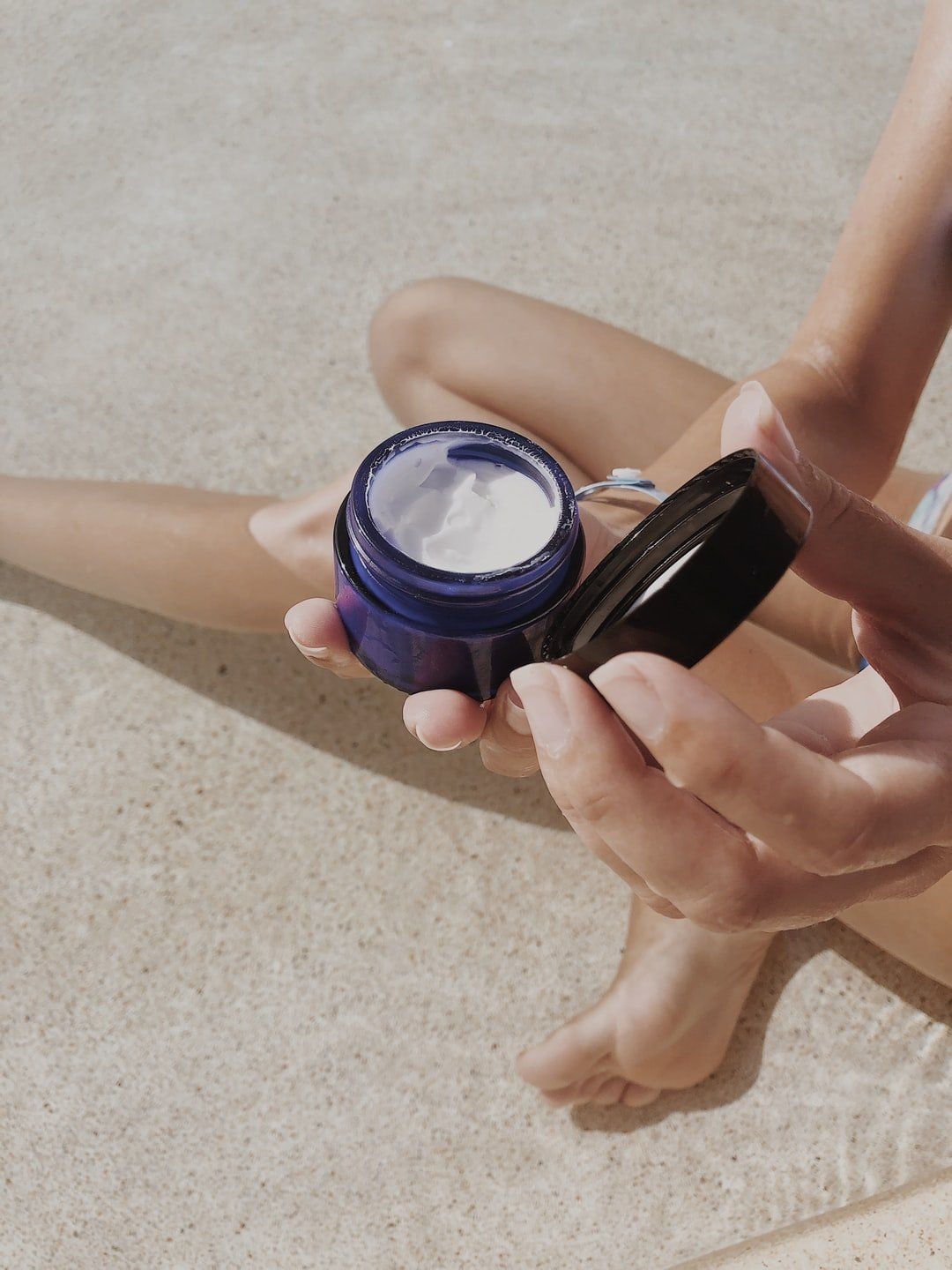IT’S A BALANCING ACT
Active ingredients in skincare are what work to address the skin problem that the product is meant to target. Simply put, the term “active ingredient” refers to a chemical that actively targets a specific skin concern such as acne, pigmentation or fine lines and creates a physical change in the skin. Using products that contain active ingredients can be the difference between achieving your skin goals and falling short.
So what ingredients are actually classified as active?
The most common active ingredients found in skin care are as follows:
- Zinc Oxide - Found in sunscreen
- Avobenzone - Found in sunscreen
- Salicylic Acid (BHA) - A strong exfoliating acid that causes the skin to shed and peel to reveal brighter, clearer, smoother skin.
- Hydroquinone - Though not approved for pregnant women, hydroquinone is a powerful lightening agent, it comes in a variety of different strengths and is the product of choice for stubborn pigmentation.
- Benzoyl Peroxide - Great at killing bacteria and decreasing oil production, leading to improvement in acne as well as whiteheads.
- Retinoids (vitamin A) - This anti-aging, exfoliating antioxidant helps stimulates collagen production and helps with fine lines, pores, acne, and pigmentation.
- Vitamin C - An antioxidant that wards off free radical damage.
- Glycolic Acid - One of the most effective alpha hydroxy acids (AHAs). In addition to exfoliating the skin to improve texture and tone, it can also foster collagen production. It’s commonly used to treat hyperpigmentation and acne.
Why is it important to know how to mix active ingredients?
Making sure these active ingredients are used in the correct manner is very important as you don’t want to create sensitivities in your skin from over exfoliating and you want to use your active ingredients correctly so they absorb well and you get the most out of them. Good skin and skincare is more than using every single ingredient possible but rather knowing what is best for you and your skin.
The key when mixing active skincare ingredients, is to try and maintain a balanced pH level of the skin, so as not to sensitise it. pH stands for “potential of hydrogen” and goes from 0 (Acidic) to 14 (Alkaline). For instance, lemon juice has a pH of around 2 and Ammonia a pH of 12. Our skin is usually around a pH of 5.5 so actually already acidic, and this is what its “neutral” status is. Skincare normally ranges from a pH of 3 to 8. Of course, we want to be able to use multiple actives to get the benefits of them all, and that’s where it can get confusing as to what you can mix or not.
Ingredients that CAN be mixed
- BHA and enzymes
- Retinol and Niacinamide
- Hyaluronic acid with everything
- Vitamin C and Vitamin E
Ingredients that CANNOT be mixed
- Retinoid or Retinol and AHAs
- Retinoid or Retinol and BHAs
- Retinoid or Retinol and Benzoyl Peroxide
- Retinoid or Retinol and Vitamin C
- Retinoid or Retinol and Salicylic Acid
- Soap-Based Cleanser and Vitamin C
- Vitamin C and AHAs
- Vitamin C and BHAs
- Vitamin C and Niacinamide
- BHAs and AHAs
The key to a healthy skin is also to be able to discern when your skin has been overloaded with actives and needs a break. For example, it is good practice to give the skin a break perhaps once or twice a week and only use a cleanser and a barrier-repair moisturiser, before starting again with the actives of your choice.




